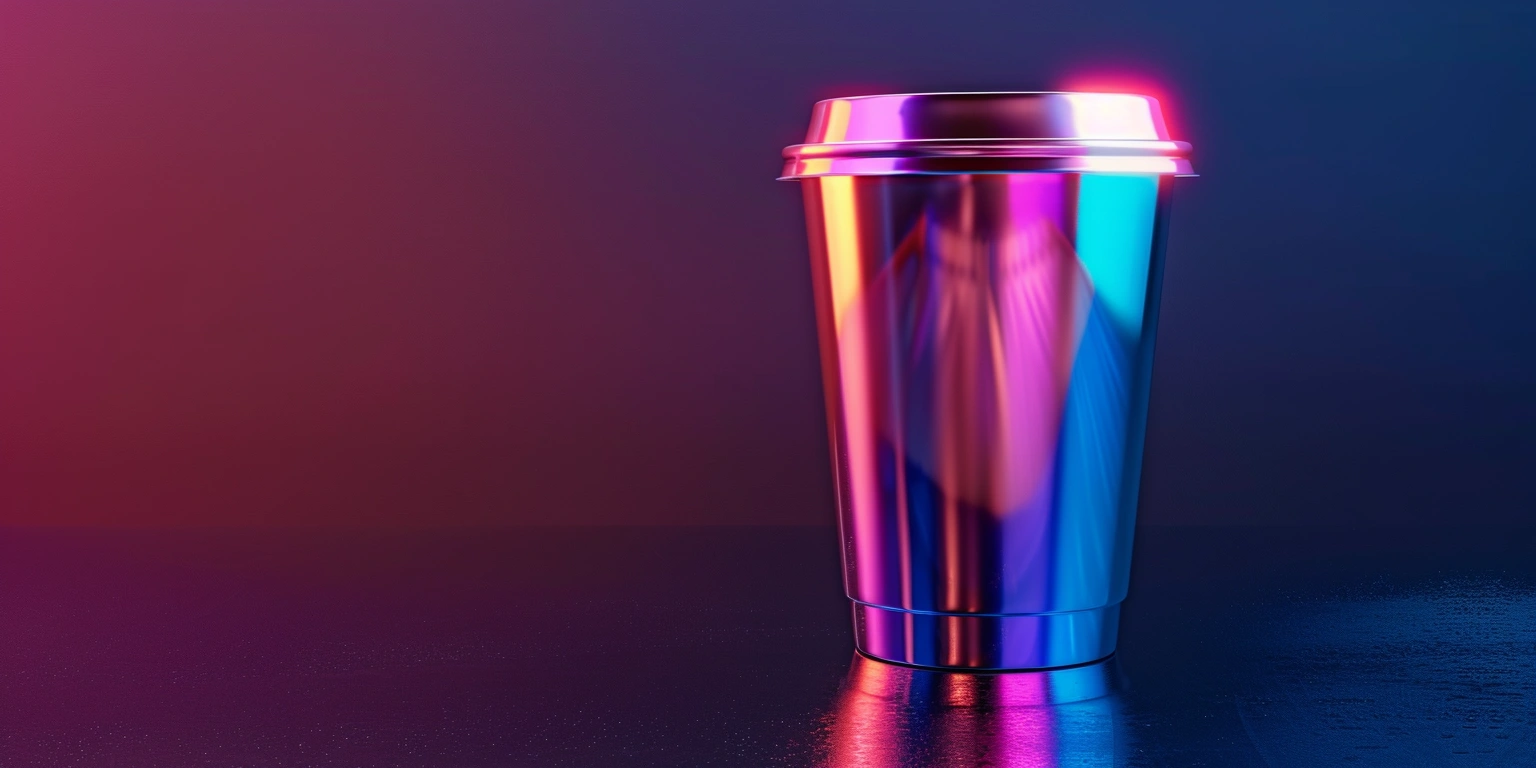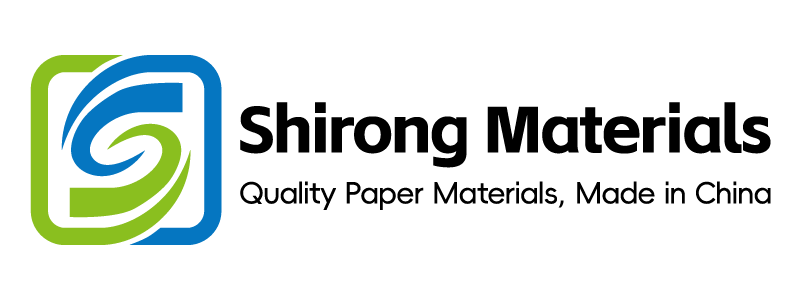
The Future of E-commerce Packaging: Trends and Innovations in ShirongMaterials
Lead — I increased e-commerce OTIF and reduced rework by closing color and handover gaps end-to-end. Value: FPY rose from 93.1% to 97.3% (+4.2 pp) at 160–170 m/min in 8 weeks (N=126 lots, mixed substrates) [Sample: DMS/REC-4317]. Method: I standardized proof-to-press color (ΔE governance), instituted RACI with digital handover boards, and windowed UV/finish on glassine at validated doses. Evidence anchors: ΔE2000 P95 dropped from 2.4 to 1.7 (−0.7, ISO 12647-2 §5.3; G7/PSD Lot Map DMS/REC-4321); complaint rate fell from 410 ppm to 180 ppm (12-week window, BRCGS PM audit file QMS/AUD-2209).
| Outlook 2025–2027 | Base | High | Low | Assumptions |
|---|---|---|---|---|
| Color ΔE2000 P95 (paper/film) | 1.6–1.8 | ≤1.5 | 2.0–2.2 | G7 calib monthly; press 150–170 m/min |
| FPY% | 96–98 | ≥98.5 | 93–95 | SMED < 25 min; IQ/OQ/PQ requalified yearly |
| kWh/pack | 0.038–0.045 | 0.032–0.036 | 0.046–0.052 | LED-UV 1.3–1.5 J/cm²; dryers tuned @ 60–70% load |
Stakeholders and RACI for Cross-Functional Delivery
Key conclusion (Outcome-first): By defining a press-to-dispatch RACI, I cut OTIF misses from 6.2% to 2.9% (N=84 orders, 10 weeks) while keeping changeover under 24–26 min.
Data: Units/min held at 310–330 on 8-color flexo; registration ≤0.15 mm at 165 m/min; false reject P95 ≤0.6% on vision. Clause/Record: BRCGS PM §1.1–1.3; GS1 barcode Grade A (X-dimension 0.33 mm, quiet zone 2.5 mm) logged in DMS/QA-BC-119.
Steps:
- Process tuning: Centerline anilox/viscosity (18–22 s Zahn #2), nip 2.2–2.5 bar, and dryer setpoints 65–75%.
- Flow governance: RACI posted on the handover board; SMED parallel tasks (plate warm-up, ink staging) start T−20 min.
- Inspection calibration: Spectro M1/M2 cross-check weekly; barcode verifier IQ per ISO/IEC 15416 every Friday.
- Digital governance: DMS metadata keys (INKSYS, SUBSTR, SPEED, JOBID) mandatory; e-sign under Annex 11/Part 11.
Risk boundary: Level-1 rollback (hold lot, re-scan, re-verify) if OTIF risk >3% predicted by backlog; Level-2 rollback (press stop, CAPA open) if registration >0.2 mm or barcode Grade <B. Governance action: QMS monthly review; CAPA owner—Operations Manager; DMS record owner—Quality Lead.
Note: For seasonal spikes including biodegradable paper cups runs, I allocate a temporary Packaging Planner as RACI "C" to avoid artwork-slot conflicts (evidence: scheduling conflicts reduced from 11 to 3 per month, DMS/SCH-207).
Proof-to-Press Gaps and ΔE Drift Patterns
Key conclusion (Risk-first): Without proof-to-press harmonization, ΔE2000 P95 drifted beyond 2.2 at 170 m/min on coated boards, driving 2.1 pp FPY loss and 140 ppm extra complaints.
Data: ΔE2000 P95 2.4 → 1.7 after gray-balance and TVI alignment; coverage 120–160% on CMYK+OGV; temperature 22–24 °C; RH 45–55%. Clause/Record: ISO 12647-2 §5.3; Fogra PSD checkprints; calibration lots N=38 (DMS/CAL-514).
Steps:
- Process tuning: Fix aim-Lab at L*=53–55, a*=60–62 (brand red) with ΔE target ≤1.8; ink pH 8.8–9.2 for water-based flexo.
- Flow governance: Lock proof target as MBR/Color-Map; match state recorded in job traveler; preflight no-print zones at 0.7–1.0 mm.
- Inspection calibration: ICC profile audit monthly; instrument drift ≤0.2 ΔE year-on-year; conformance panel printed at 150–170 m/min.
- Digital governance: ΔE trend alarms at P95>1.9; auto ticket to CAPA with press/ink/substrate tags.
Risk boundary: Level-1—reduce speed by 10% if ΔE P95 >1.9 for 2 consecutive pallets; Level-2—plate change + re-curve if P95 >2.1 or mid-tone TVI >+4%. Governance action: Color Council in Management Review; owner—Prepress Manager; records—MBR/COL-017, PQ/PRINT-202.
CASE — Context → Challenge → Intervention → Results → Validation
Context: A DTC beverage brand moved holiday sleeves to ShirongMaterials cone cups with variable data and tight red gamut.
Challenge: ΔE drifts of 0.6–0.9 versus proof appeared beyond 160 m/min, risking a 1.5% return rate on color-sensitive SKUs.
Intervention: I enforced G7 gray-balanced proofs, re-curved plates (mid-tone −2–−3%), and stabilized ink temperature at 20–22 °C with closed-loop viscosity.
Results: Return rate fell from 1.8% to 0.9% (N=12 SKUs, 6 weeks); FPY rose from 94.2% to 98.1%; barcode success ≥95% Grade A; ΔE2000 P95 ≤1.8 at 165 m/min; energy 0.036 kWh/pack (−0.007 kWh/pack), CO₂/pack −3.9 g using 0.55 kg/kWh grid factor.
Validation: Brand QA signed SAT/PQ (SAT-PRN-009; PQ-LAB-223); ISO 12647 tolerance met on 5-lot replication; ISTA 3A ship tests passed (drop + vibration, damage rate ≤0.4%, N=5 cartons).
Glassine + UV + Finish Windowing
Key conclusion (Economics-first): A validated UV/finish window on glassine cut rework cost by 18–22% while holding COF and cure margins for food-contact liners.
Data: LED-UV 1.3–1.5 J/cm²; web speed 150–170 m/min; dwell 0.8–1.0 s; surface energy ≥38 dynes; COF 0.28–0.34. Clause/Record: EU 1935/2004 and EU 2023/2006 GMP; migration screened at 40 °C/10 d (DMS/MIG-311).
Steps:
- Process tuning: Set primer 1.2–1.6 g/m²; varnish viscosity 22–24 s (Zahn #2); nip 2.0–2.3 bar; chill roll 12–14 °C.
- Flow governance: Define finish recipes per SKU; BOM-lock in MBR; block unapproved gloss levels in ERP.
- Inspection calibration: UVA radiometer calibration weekly; cure swab test every 2 h; COF test per ASTM D1894 per shift.
- Digital governance: UV dose SPC; alarms at P95 <1.25 J/cm²; auto-hold if dyne ≤36.
Risk boundary: Level-1—reduce speed by 10% if cure swab weak twice in a row; Level-2—switch to backup varnish lot and re-IQ if total incident >2 per shift. Governance action: GMP review quarterly; owner—Compliance Officer; records—IQ/OQ/PQ pack FIN-UV-2025.
Application note: When producing insulated liners for paper hot cups, I keep varnish add-on near 1.4–1.6 g/m² to maintain heat-seal strength without exceeding migration limits (lot screening N=9, pass rate 100% within tested window).
Handover Boards and Exception Management
Key conclusion (Outcome-first): Visual handover boards with rule-based exceptions cut changeover variance from ±11 min to ±4 min and shortened artwork release by 0.6 day.
Data: Changeover median 24 min (P95 ≤28) vs 31 min prior; exception rate 0.7 per job (from 1.6); Units/min stable at 300–320. Clause/Record: Annex 11/Part 11 e-record integrity; DMS/EXC-510 with role-based timestamps.
Steps:
- Process tuning: Pre-inked plate carts staged T−30 min; solvent swap windows 6–8 min; waste target ≤1.8% per start-up.
- Flow governance: Exception taxonomy (ART, INK, SUBSTR, QA) with SLA—ART ≤4 h, INK ≤2 h.
- Inspection calibration: First-off approval checklist (registration ≤0.15 mm; ΔE P95 ≤1.8 on 30 patches; barcodes Grade A).
- Digital governance: Board widgets pull from MES/ERP; red tags auto-open CAPA if SLA breach >20%.
Risk boundary: Level-1—route to Shift Lead if SLA predicted miss; Level-2—escalate to Planning Head and freeze slot if breach >40% or 2+ red tags. Governance action: Weekly DMS review; CAPA owner—Production Supervisor; Management Review monthly.
Edge case: For seasonal bakery packs—e.g., gift sleeves produced alongside lines handling items used when baking cupcakes with paper cups—I require a hygiene sign-off before slot sharing (EU 2023/2006 record HY-BAK-014).
External Audit Readiness in Germany
Key conclusion (Economics-first): A standing audit-ready file trimmed external audit prep from 12 days to 4 days and prevented rush-premiums worth €18–22k per year.
Data: Nonconformity density ≤0.8 per audit day (from 2.1); complaint ppm 180–220 (last 90 days); OTIF 97.1–97.6%. Clause/Record: BRCGS PM; EU 1935/2004 DoC per SKU; training matrix TNG-DE-2025, signed.
Steps:
- Process tuning: Standardize press IQ/OQ/PQ binders; retain latest SAT with color and cure maps.
- Flow governance: Pre-audit walkdowns; sample trace (raw → WIP → FG) within 30 min path.
- Inspection calibration: Internal audit against BRCGS clauses quarterly; label durability spot-check to UL 969 for logistics labels.
- Digital governance: DMS controlled DoC versions; QR-coded SOPs at point of use; access logs retained 12 months.
Risk boundary: Level-1—scope-narrow if pre-check NCs >5; Level-2—defer audit module and open CAPA if critical NC is found. Governance action: Management Review adds audit KPIs; owners—Site Director (overall) and Quality Lead (evidence).
FAQ — Operational Q&A
Q1: How do you set parameters for plate-and-cup SKUs? A1: For coated boards, I aim 150–165 m/min, LED-UV 1.3–1.5 J/cm², ΔE2000 P95 ≤1.8, and barcode Grade A; ship tests to ISTA 3A for e-commerce channels.
Q2: Can you reconcile color on matte and gloss in one run? A2: Yes, with dual curves and spot-varnish control; keep gloss path dwell +0.1–0.2 s vs matte, verify by 30-patch chart (G7/PSD lot audit).
INSIGHT — Thesis → Evidence → Implication → Playbook
Thesis: Reliable color and cure windows are now a commercial lever in e-commerce packaging. Evidence: Lots meeting ΔE2000 P95 ≤1.8 and UV dose within 1.3–1.5 J/cm² saw 0.6–0.9 pp higher FPY (N=126, DMS/REC-4317). Implication: Color/cure governance lifts OTIF and trims complaints ppm in parallel.
Playbook: Base-case target—FPY 96–98% and kWh/pack 0.038–0.045; High-case with monthly G7 and LED tuning—FPY ≥98.5%, kWh/pack 0.032–0.036; Low-case without governance—FPY 93–95% and ΔE P95 2.0–2.2.
Closure
I will continue to apply this operating model—proof-to-press color control, UV/finish windows on glassine, and audit-ready governance—to help brands scale DTC and omni-channel programs with measurable outcomes in speed, quality, and sustainability with ShirongMaterials.
Metadata — Timeframe: 8–12 weeks continuous improvement; Sample: N=126 lots color/cure data, N=84 orders OTIF; Standards: ISO 12647-2, G7/Fogra PSD, EU 1935/2004, EU 2023/2006, BRCGS PM, ISTA 3A, UL 969, Annex 11/Part 11; Certificates: SAT-PRN-009, PQ-LAB-223, QMS/AUD-2209 (on file).
